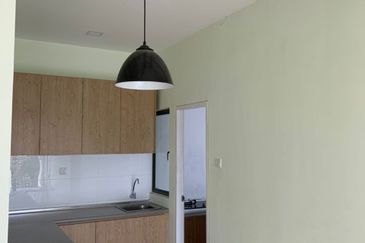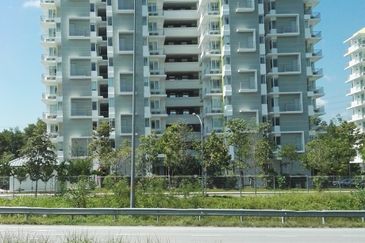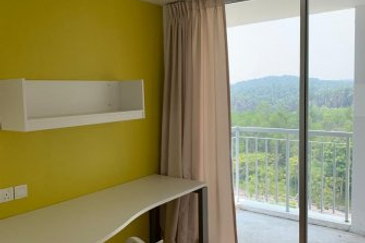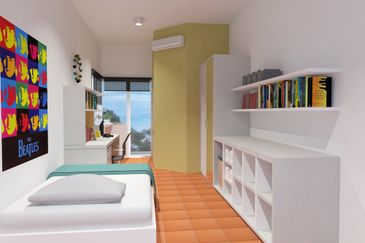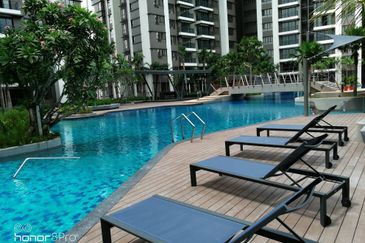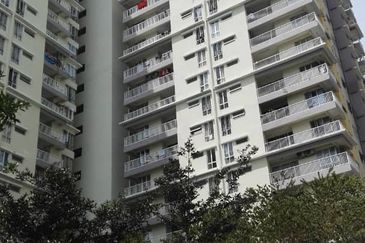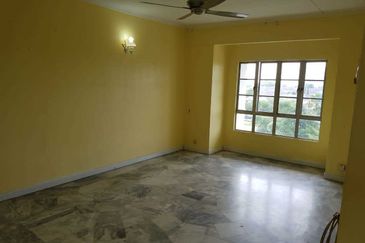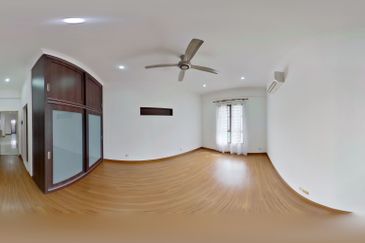
The world’s oldest terrarium is 55 years old this year. Owner David Latimer first planted some spiderworts inside a 10-gallon globular bottle in 1960 and they have since grown to fill the container by surviving wholly on its own ecosystem of recycled air, nutrients and water. Latimer has only opened it once, in 1972, to add water.
A terrarium is a small glass enclosure that contains layers of soil, stones or gravel, moss, water and small plants. It is normally created to be a small and self-contained ecosystem. These pretty miniature gardens are especially popular among those staying in 
apartments.
The Edge Property caught up with Dominic Song, owner and founder of Wicked Plants and an avid terrarium enthusiast, and Nabil Zainol, marketing manager of November Culture, a terrarium hobby and accessories shop. They talk about wet and dry terrariums and give tips on making and maintaining a terrarium in tropical weather.
Let’s get started
You need to decide on either a wet or dry terrarium, as they require different
raw materials. Pick the plant and then the container to match it. An old 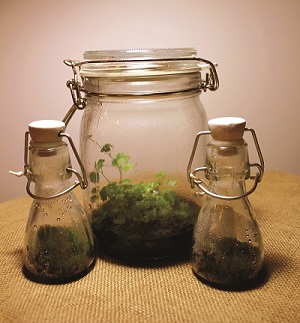 aquarium, half-cut bottles, cognac glasses, bell jars, apothecary jars or even basic mason jars make interesting-looking terrariums. You are limited only by your creativity.
aquarium, half-cut bottles, cognac glasses, bell jars, apothecary jars or even basic mason jars make interesting-looking terrariums. You are limited only by your creativity.
Dry terrarium
The base
Nabil recommends gravel for its good drainage properties. This is because the plants he uses in dry terrariums are mini cacti and gravel is able to hold any extra water that would otherwise be absorbed by the top soil, which would then rot the roots. Make a hollow in the centre of the gravel base for the plant.
The layers
For the second layer, Nabil uses small pieces of broken charcoal that function as an air purifier in the terrarium. The amount of charcoal needed 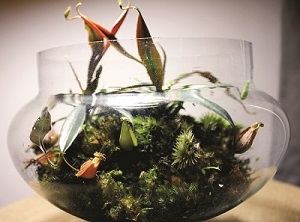 depends on the size of the terrarium. Spread about an inch of garden soil over them while maintaining the hollow in the centre of the gravel base. If you use organic soil, there is no need to use charcoal as it comes mixed with charcoal.
depends on the size of the terrarium. Spread about an inch of garden soil over them while maintaining the hollow in the centre of the gravel base. If you use organic soil, there is no need to use charcoal as it comes mixed with charcoal.
Remove the cactus from its pot. Clean its roots completely of soil using a paintbrush. Very gently place the cactus in the hollow of the gravel base and embed its roots in it. Add more soil if necessary.
Then comes the moss. This can be used as a decorative item or to absorb any extra water. How the moss is placed depends on the plant used in the terrarium.
Now, for the fun part. Add colour to the terrarium with coloured pebbles or small stones, construction sand or miniature toy animals such as a ladybug or an armadillo. These give the terrarium a personality and create a scene. Beach sand is not suitable as it contains salt that may not be conducive for plants.
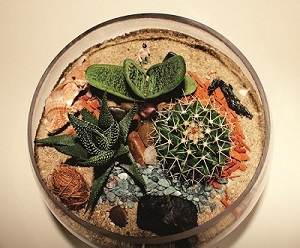 Care
Care
Place your terrarium near sunlight if you are using cacti. Water it once a week, and not too much. Avoid places with continuous direct sunlight because the heat from the glass will warm the soil instead of keeping it cool and moist.
Wet terrarium
The base
For a wet terrarium, Song chooses medium gravel, lava rock and/or clay balls for the base. Rocks might scratch the glass because they are relatively heavy, hence clay balls might be more suitable.
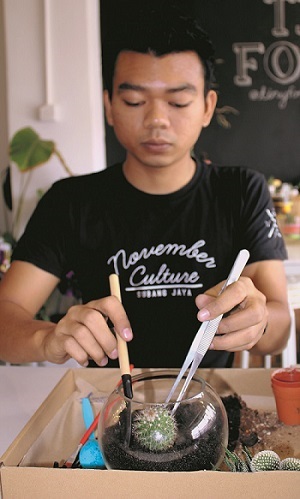 The layers
The layers
The types of moss for a wet terrarium differ from those used for a dry one. Do some research on which suits your terrarium best. You can consider using coco peat mixed with perlite. Coco peat consists primarily of the coir fibre pith or coir dust obtained from coconut husks after removing the long fibres. Perlite is a type of mineral that ensures the soil is not too dense for the plants.
If you’re using carnivorous plants for your terrarium, coco peat is most suitable because these plants do not thrive in fertilised garden soil. The last step is to place the plant in the terrarium and fill it with just enough water to cover the base soil. For decoration, you can artfully use a piece of wood to give it a natural look.
Care
Song insists that all terrariums should have at least six hours of sunlight daily, especially wet terrariums. If your terrarium is in a closed jar, sunlight will promote condensation and photosynthesis that will allow the plant to create an ecosystem and thus thrive on its own. Do some occasional housekeeping; if the plant grows too big for the jar, transfer it into a bigger container.
This article first appeared in The Edge Property, the property pullout of The Edge Financial Daily, on May 22, 2015. Read the full pullout here.
TOP PICKS BY EDGEPROP
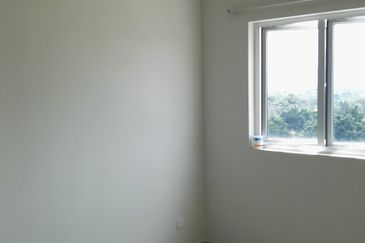
Maxim Citylights @ Sentul KL
Sentul, Kuala Lumpur
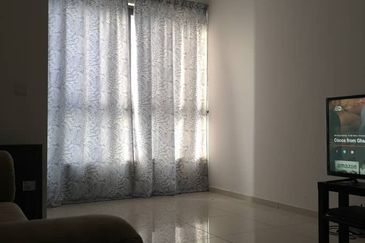
D'Sara Sentral Serviced Residence
Sungai Buloh, Selangor

Maxim Citylights @ Sentul KL
Sentul, Kuala Lumpur

Maxim Citylights @ Sentul KL
Sentul, Kuala Lumpur
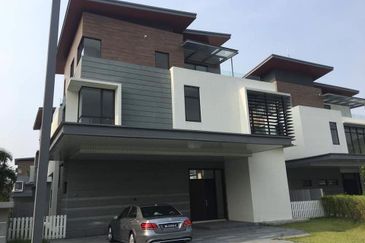
Long Branch Residences
Kota Kemuning, Selangor


